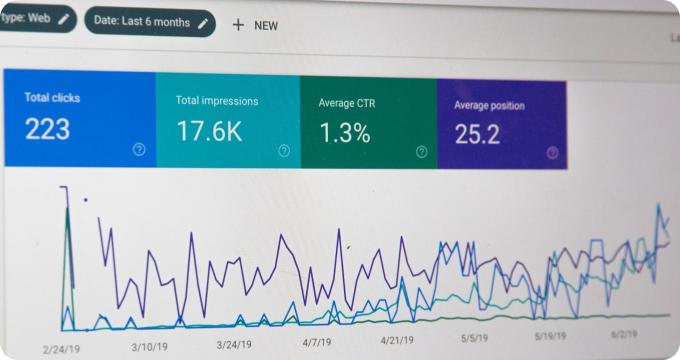Debunking the Top 10 Myths Surrounding Cloud Gaming Software
- November 10, 2023
- 3 minutes
The meteoric rise in the popularity of cloud gaming software has given birth to a plethora of misconceptions and myths that often blur the lines between reality and fiction. Armed with an in-depth understanding of the subject and the analytical acumen to dissect the complexities underlying the cloud gaming domain, let's delve into debunking the top ten myths that have been making their rounds.
-
Cloud Gaming Requires an Ultra-Fast Internet Connection: Many believe that to experience seamless cloud gaming, one needs a hyper-fast internet connection, echoing the sentiments of Claude Shannon's information theory, which ties the rate of information transmission to bandwidth. However, what's often overlooked is the role of latency—the time it takes for a data packet to travel from source to receiver. As per NVIDIA, a connection speed of 15 Mbps is sufficient for cloud gaming if the latency is below 40 milliseconds.
-
Cloud Gaming is Expensive: The notion that cloud gaming comes with a hefty price tag is reminiscent of the law of supply and demand from conventional economics. But with the advent of subscription-based models, cloud gaming has become more affordable. You can play a multitude of games for a monthly fee, much like Netflix for video content, democratizing access to vast gaming libraries.
-
Cloud Gaming is Prone to Security Threats: The perceived vulnerability of cloud gaming to security breaches stems from a general wariness towards cloud-based services. However, cloud gaming platforms typically adhere to stringent security protocols, employing encryption algorithms and multi-factor authentication, ensuring a level of security akin to banking and finance applications.
-
Quality of Games is Compromised: In the realm of cloud gaming, the processing happens at the server end, eliminating the need for high-end hardware at the user's end. The game streamed on the device is essentially a video feed, and with the advancement in video compression algorithms and enhancement in network infrastructure, the quality of games has drastically improved.
-
Games are Limited: While the gaming library was initially limited, cloud gaming platforms have significantly expanded their offerings, onboarding AAA titles, indie games, and exclusives. Today, it is no longer the paucity but the overwhelming abundance of games that poses the challenge.
-
Cloud Gaming Causes More Lag: The fear of lag in cloud gaming is a legitimate concern but often overstated. With the advent of edge computing, which places data centers closer to the users, the latency has considerably reduced, and the difference from conventional gaming is becoming negligible.
-
Cloud Gaming Eats Up Data Caps: The data consumption of cloud gaming is directly proportional to the streaming quality and gaming hours, much like any other streaming service. By managing these variables, the data usage can be significantly controlled.
-
Cloud Gaming Lacks Multiplayer Features: With its inherent connectivity, cloud gaming is a natural fit for multiplayer gaming. The networking capabilities of the cloud servers far outweigh those of individual consoles, facilitating smoother and broader multiplayer experiences.
-
No Ownership of Games: This is a more philosophical debate that transcends the gaming industry. With the movement towards digital, the concept of ownership is being redefined. In cloud gaming, users subscribe to access a library of games. While this is different from owning a physical copy or a digital download, it is a trade-off for the convenience and affordability it offers.
-
Cloud Gaming Will Replace Traditional Gaming: Cloud gaming and traditional gaming cater to different segments of the gaming population. Based on factors such as internet connectivity, personal preferences, and financial considerations, gamers may gravitate towards one or the other. Rather than replacing, cloud gaming is diversifying the gaming ecosystem.
Cloud gaming's potential in the evolution of the gaming landscape is significant, but it is essential to separate fact from fiction. As we venture further into this exciting realm, it is crucial to equip ourselves with accurate knowledge, keeping in mind that in the world of gaming, as in any field, the only constant is change.
Learn More
Unleash the full potential of your gaming experience by diving deeper into our informative blog posts about cloud gaming software. For an unbiased and comprehensive view, they are encouraged to explore our meticulously curated rankings of the Best Cloud Gaming Software.
Popular Posts
-
 7 Compelling Reasons Why You Need Cloud Gaming Software in Your Life
7 Compelling Reasons Why You Need Cloud Gaming Software in Your Life
-
 The Future of Cloud Gaming Software: Predictions and Emerging Trends
The Future of Cloud Gaming Software: Predictions and Emerging Trends
-
 12 Things I Wish I'd Known About Cloud Gaming Software Before Investing in One
12 Things I Wish I'd Known About Cloud Gaming Software Before Investing in One
-
 10 Essential Questions to Ask Before Choosing Your Cloud Gaming Software
10 Essential Questions to Ask Before Choosing Your Cloud Gaming Software
-
 Ask These Questions to a Cloud Gaming Software Provider to Choose the Right One for You
Ask These Questions to a Cloud Gaming Software Provider to Choose the Right One for You






